|

|
|
Like the '72 Imperial, the '73 Imperial gives a
striking appearance, with long, flowing lines, a bold front grille, and
tasteful use of chrome ornamentation. Shown here is the four door
LeBaron in Chestnut Metallic with a White vinyl top. |
| |
|
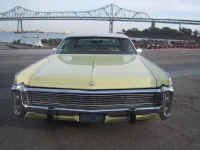 |
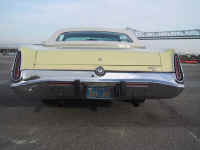
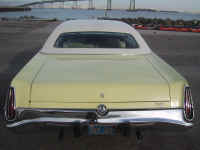 |
| From the front, the car is unmistakably
Imperial. The eagle again appears on the hood, while the
"IMPERIAL" script remains on the headlight door. |
And at the rear, the Imperial
"theme" is echoed by the eagle in the center and the
"IMPERIAL" script above the right edge of the bumper. |
| |
|
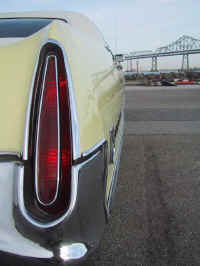 |
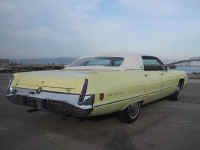 |
| The teardrop taillights for 1972 and 1973
are among Imperial's most tasteful designs. Introduced in the '72
model year and moderately revised for '73, these vertical taillights were the first to be used since
1954. |
From this angle, the Imperial gives two
strong impressions -- first, that of unquestionable luxury, and second,
that of unquestionable power and speed. Upon driving the Imperial,
the owner realizes that both impressions are correct. |
| |
|
 |
 |
| Cornering lights were first introduced on
the 1968 Imperial, and are seamlessly integrated into the front fenders
on this 1973 Imperial. |
The "IMPERIAL" script appears on
the headlight door . . . and disappears when the lights are turned on. |
| |
|
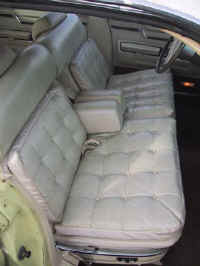 |
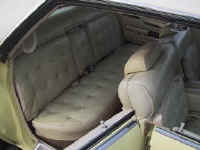 |
| Nothing could be more inviting than the
ample space and luxurious leather of the '73 Imperial. For the
owner of Imperial, comfort is a premium that is unsurpassed by other
automobiles. |
And the rear occupants are not
forgotten! With Lavaliere assist straps, a center armrest,
individual reading lights, and even optional rear heat or air
conditioning, riding in the back seat of the Imperial is truly a first
class experience. |
| |
|
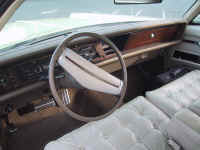 |
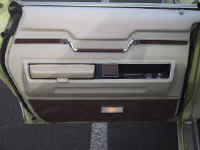 |
| Once in the "command center," the
driver of the Imperial has every luxury at hand -- tilt and telescopic
steering column, six way electric seat, cruise control, AM/FM Stereo 8
Track or Cassette, and many more features of a fine car. Included
as standard is full gauge instrumentation, allowing the Imperial owner
to be constantly aware of the health of his fine automobile. |
With fully padded high quality vinyl and
carpet, even the doors of the Imperial are noticeably luxurious.
The armrest lifts up to reveal a convenient storage compartment, while
controls for power windows, reading lights, and even a cigar lighter are
within easy reach. |
| |
|
 |
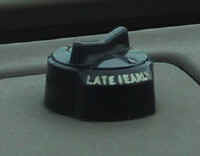 |
| One of the nicer features of the Imperial
is the option Headlight Sentry and Auto Dimmer. The Headlight
Sentry allows the driver to set a delay timer that leaves the headlights
of the car on for a specified period of time once the driver has
exited. The Auto Dimmer automatically dims headlights in the face
of approaching traffic. |
The Headlight Sentry also allows the driver
to have no worries about the operation of the headlights. The
sensor shown above constantly measures ambient light and turns on the
headlights as dusk approaches, or turns them back off at dawn. |
| |
|
 |
 |
| Imperials size speaks for itself . . . |
. . . As does its muscle! |


